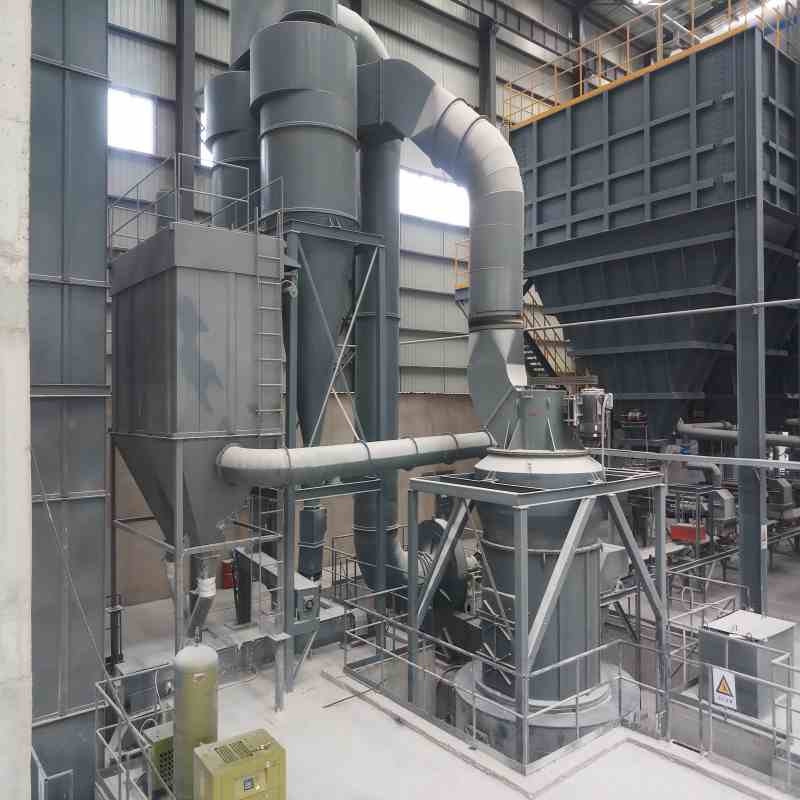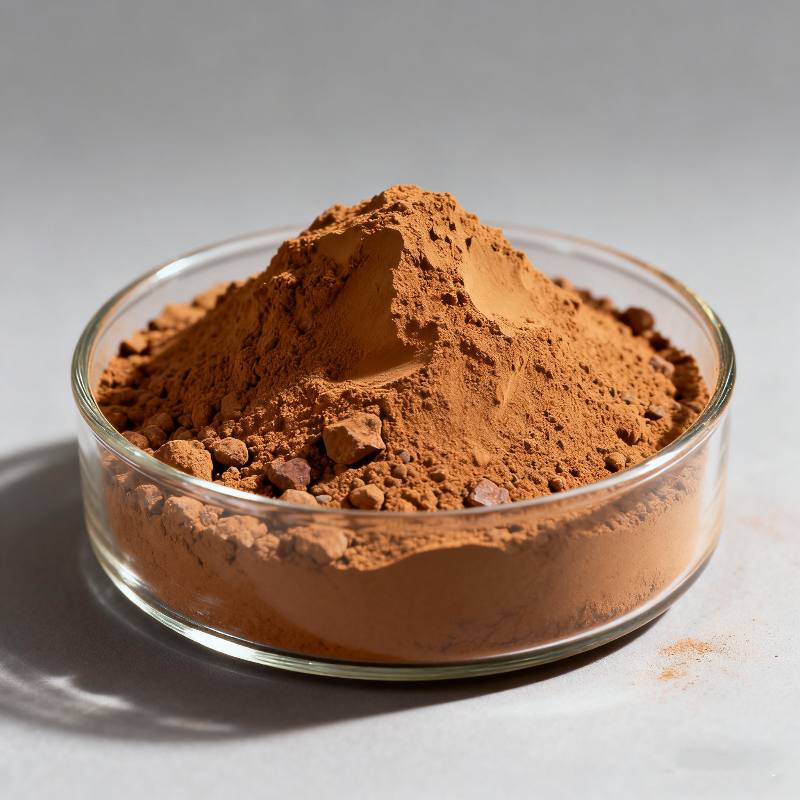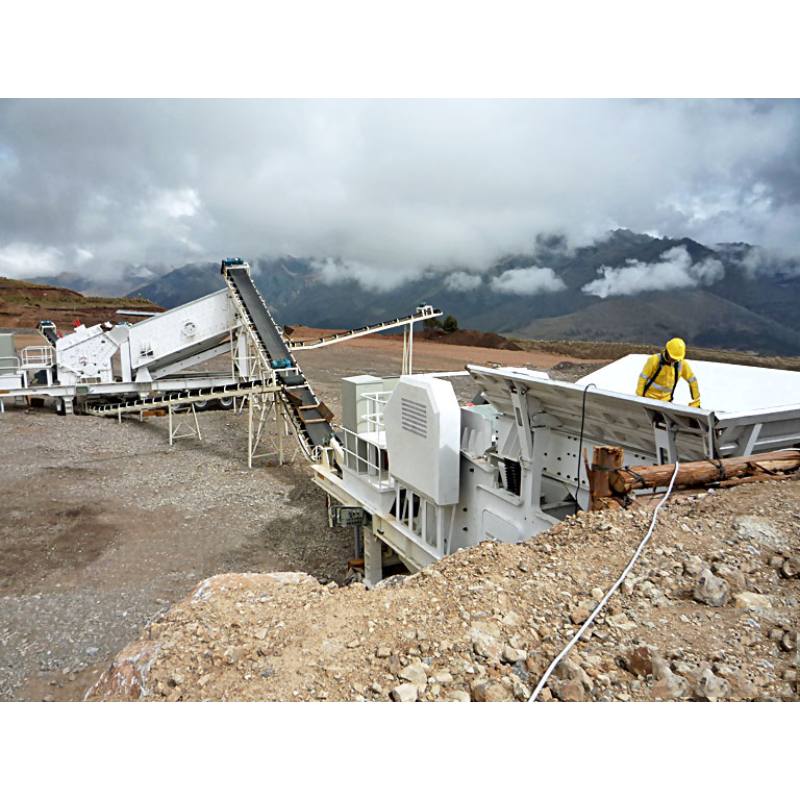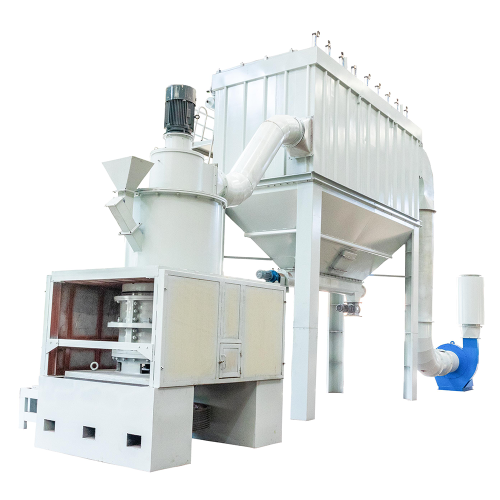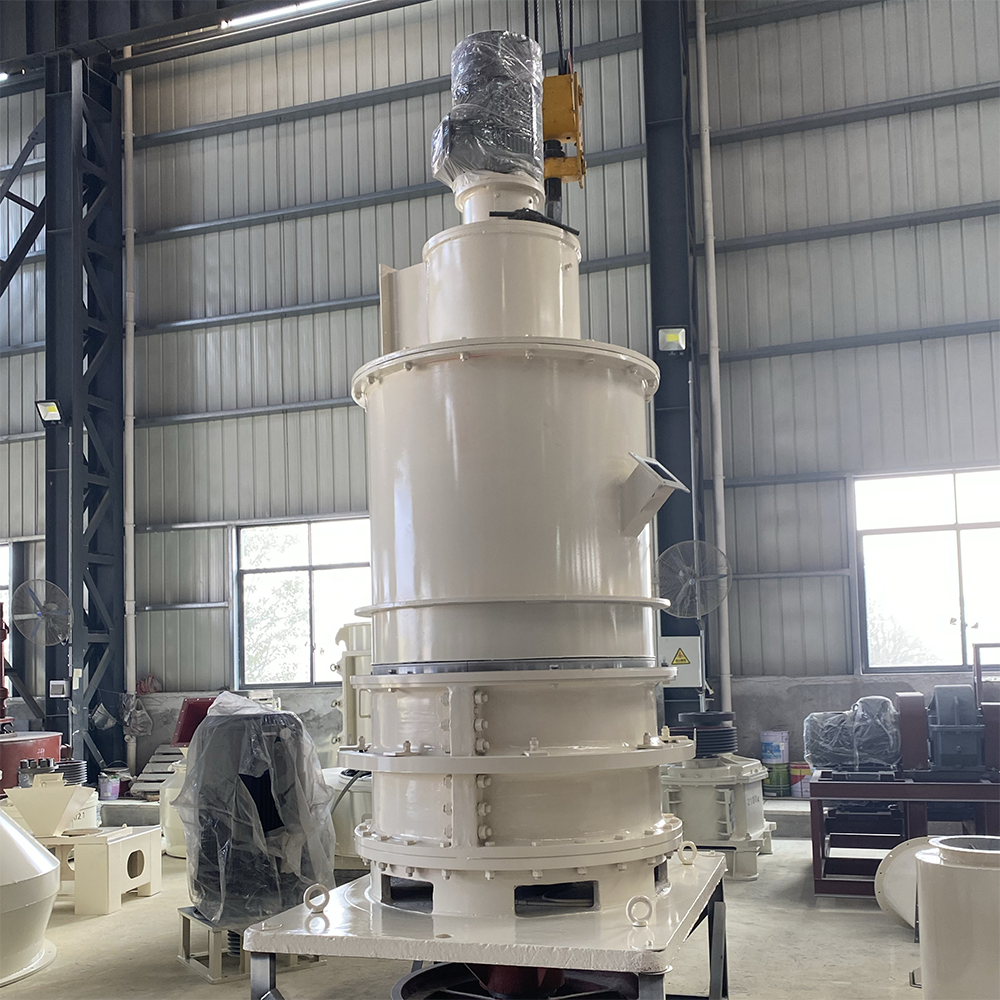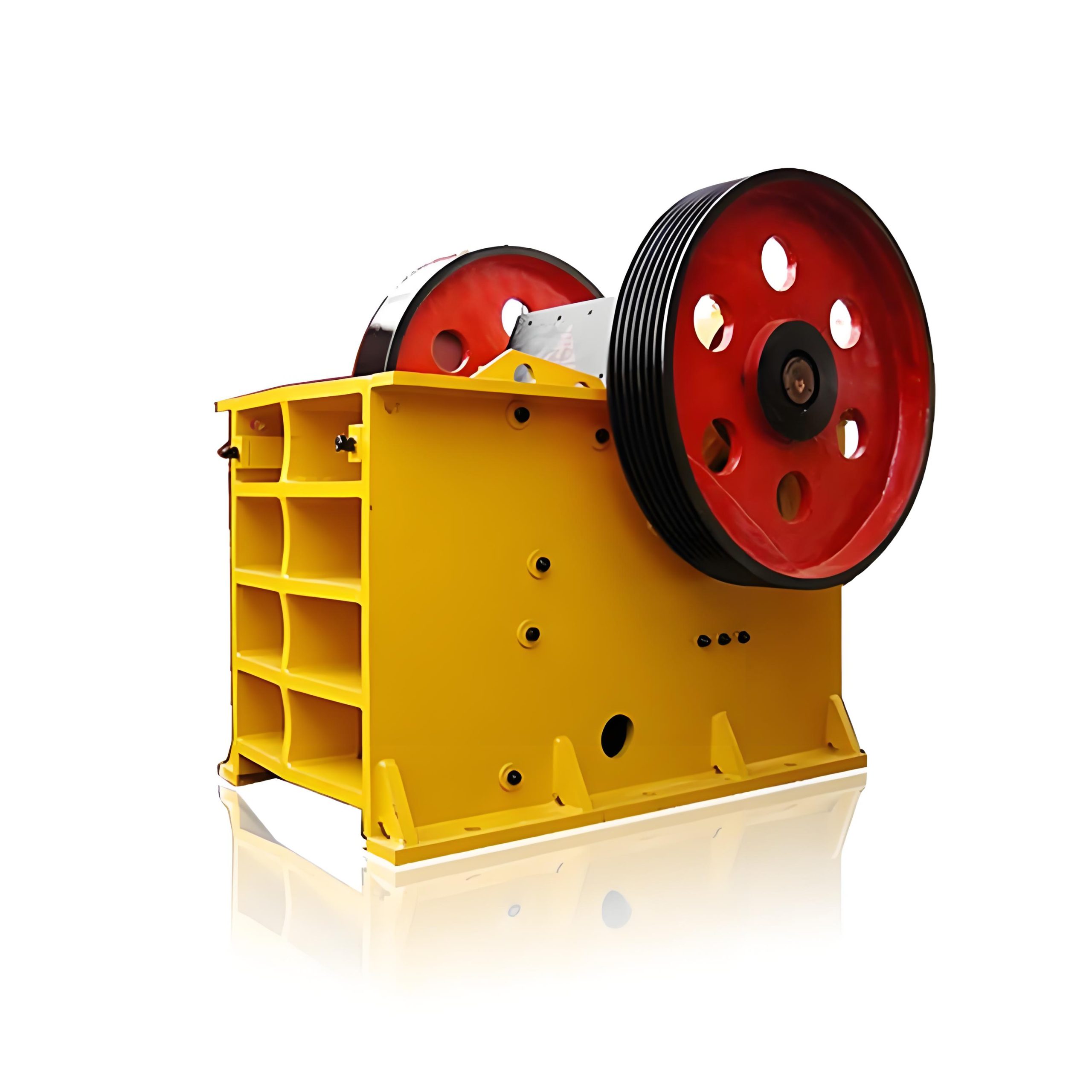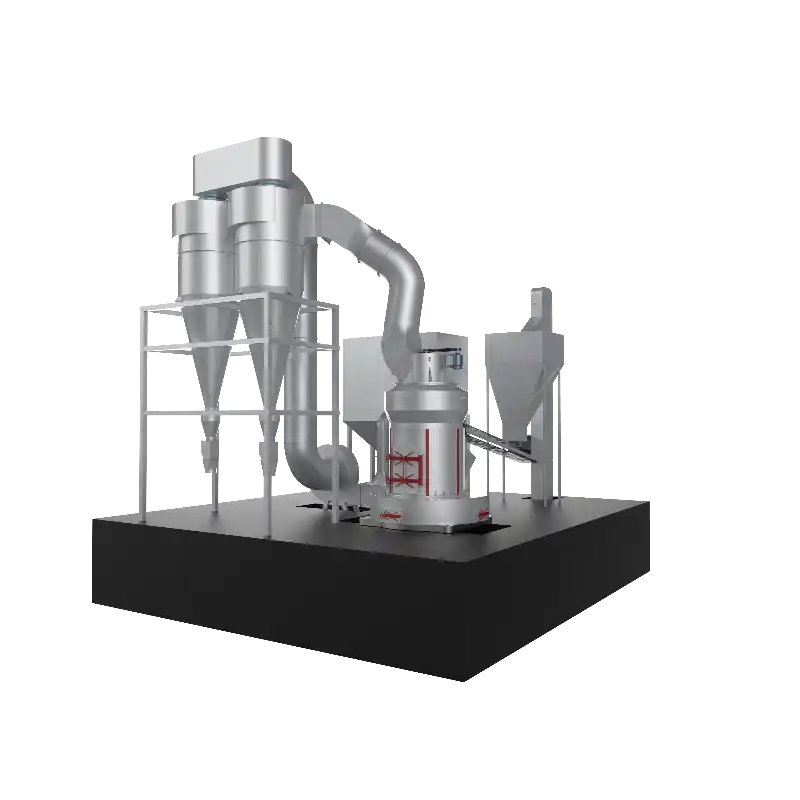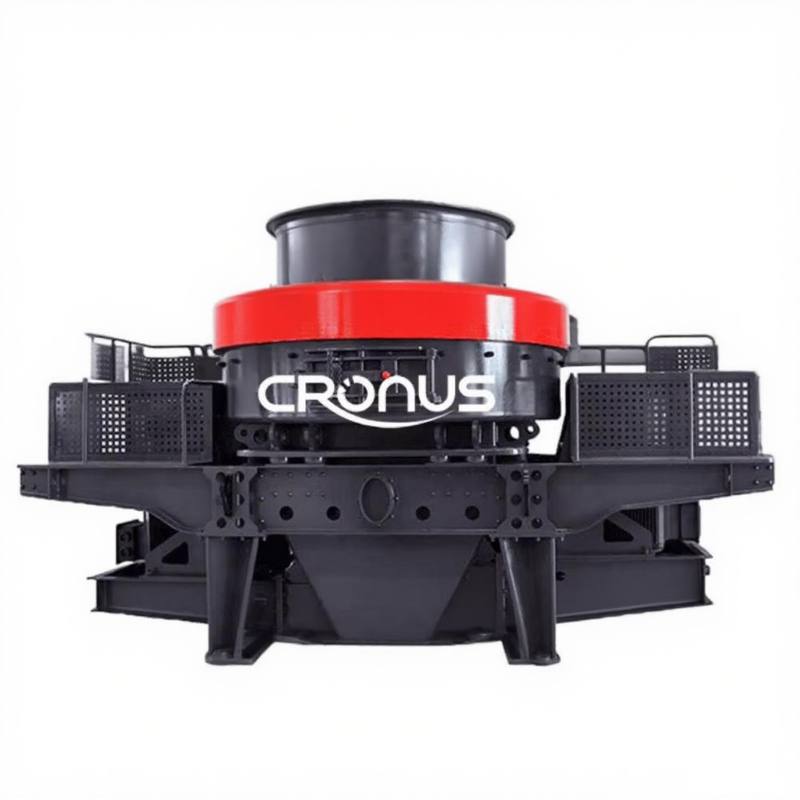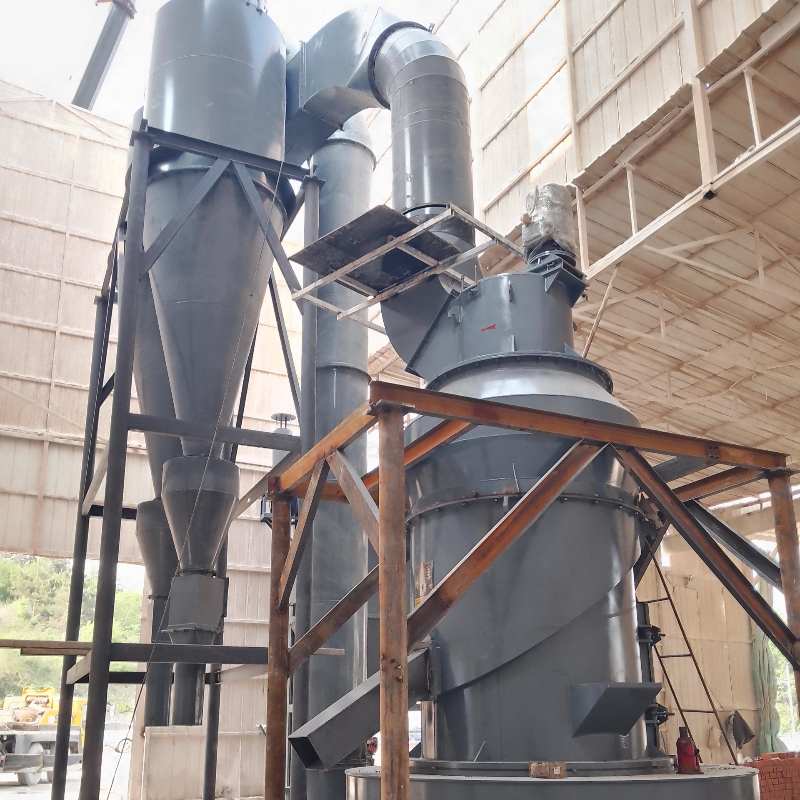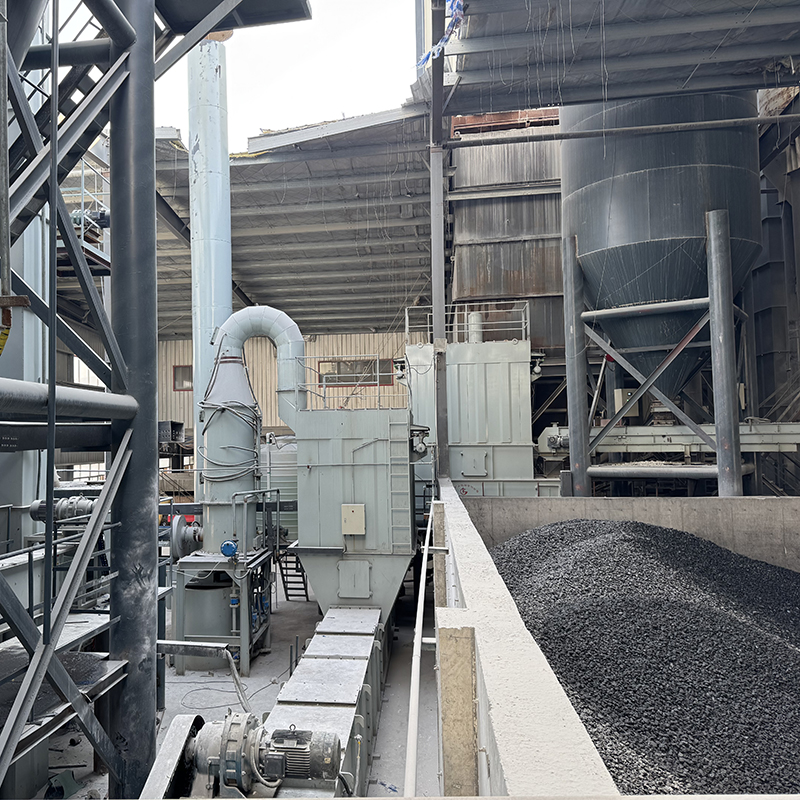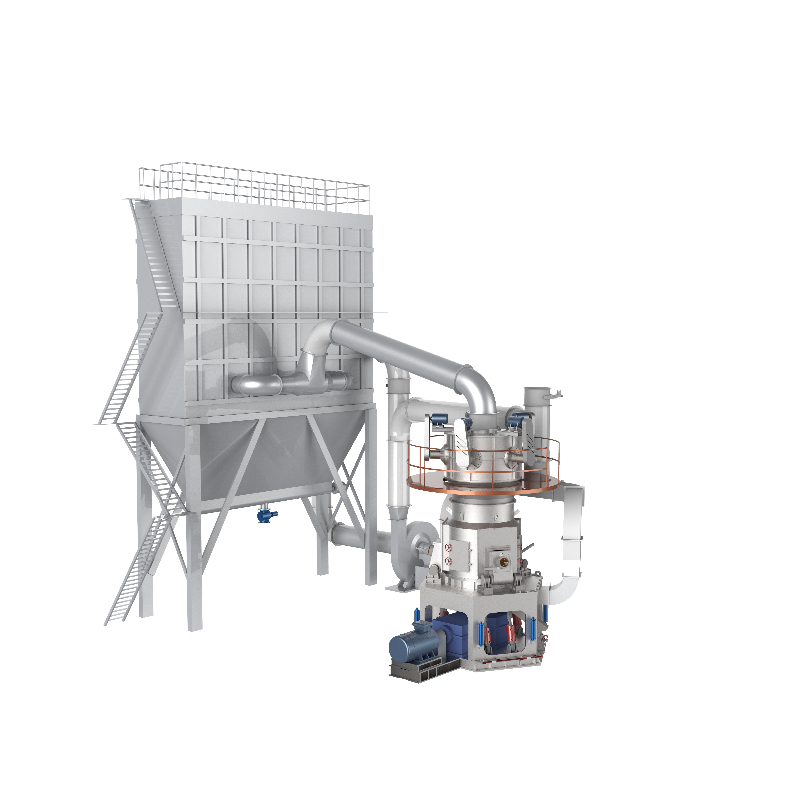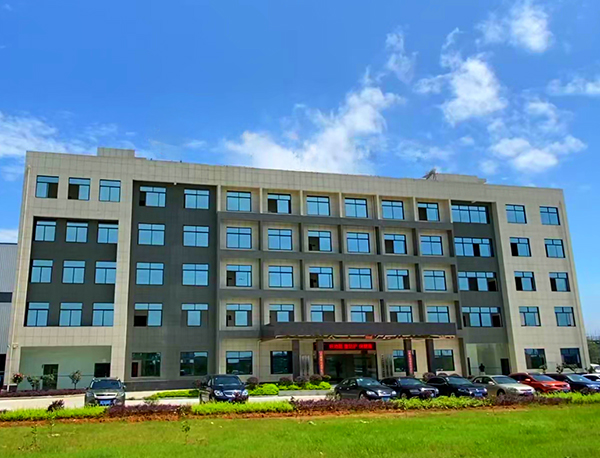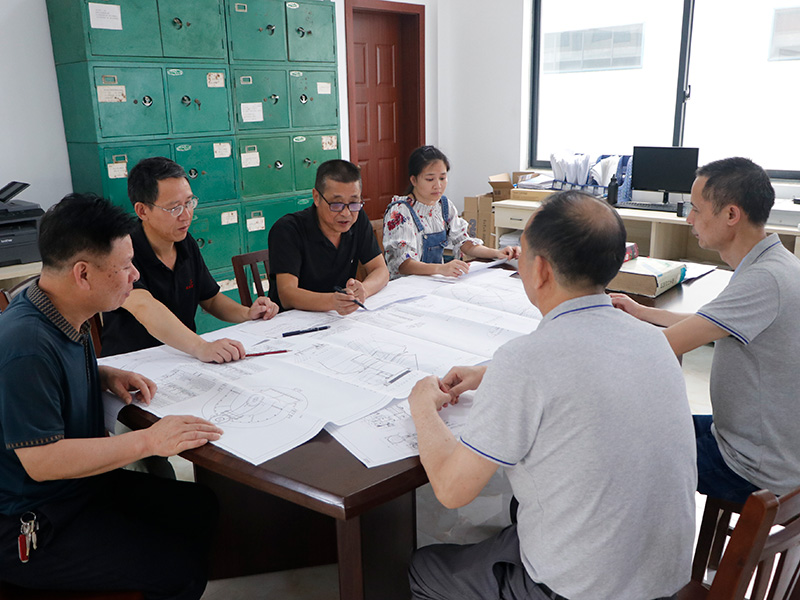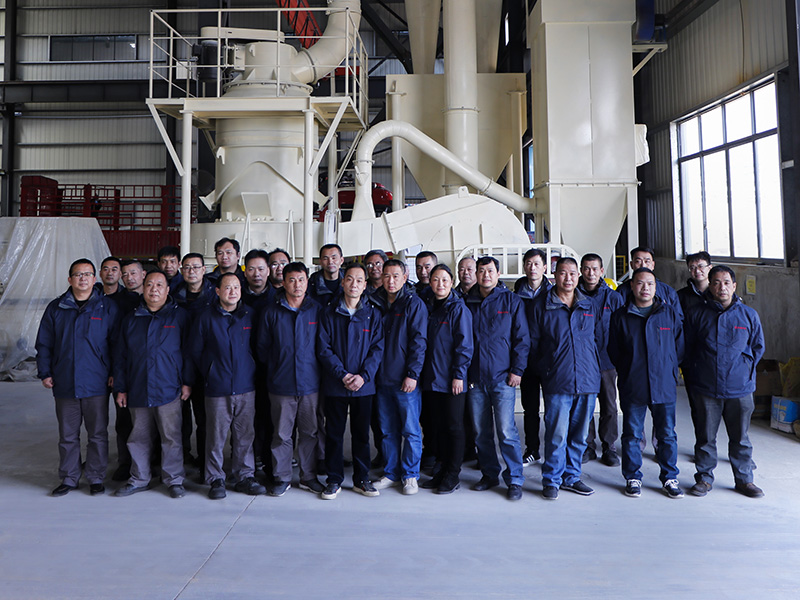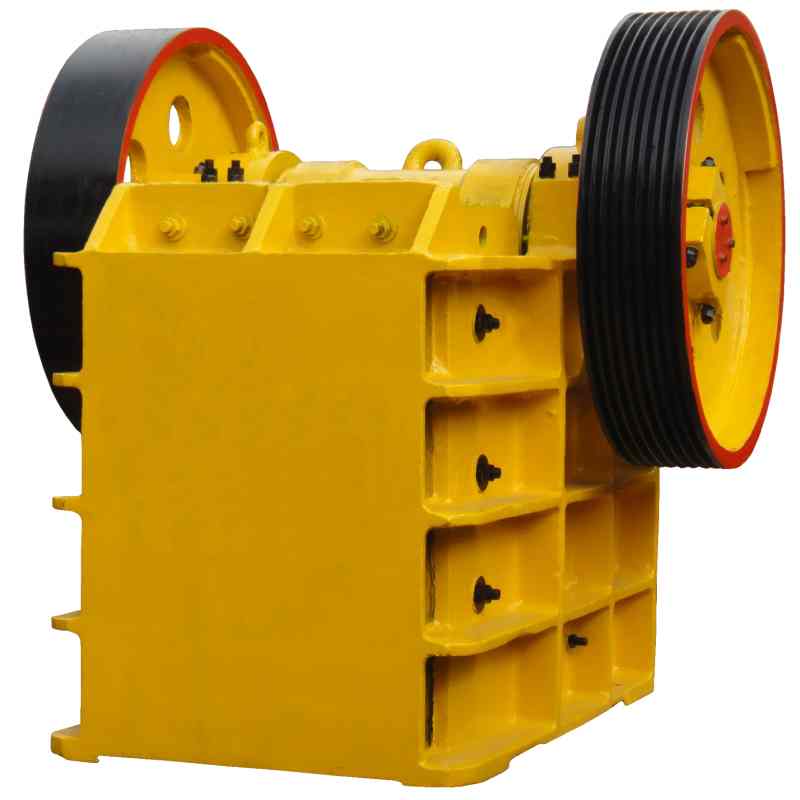
A jaw crusher consists of two jaw plates, a movable jaw and a stationary jaw, forming a crushing chamber. It simulates the movement of an animal's jaws to crush materials. It is widely used for crushing various ores and bulk materials in industries such as mining and smelting, building materials, highways, railways, water conservancy, and chemicals. The maximum compressive strength of the crushed material is 320 MPa.
Jaw crushers are primarily used as primary and secondary crushers in mining, building materials, and infrastructure. They are categorized by feed opening width into three types: large, medium, and small. Large jaw crushers have feed openings greater than 600 mm, medium jaws range from 300-600 mm, and small jaw crushers have feed openings less than 300 mm. Jaw crushers have a simple structure, are easy to manufacture, and operate reliably.
The working part of a jaw crusher consists of two jaw plates. One is the fixed jaw plate (fixed jaw), fixed vertically (or with its upper end slightly tilted outward) to the front wall of the machine body. The other is the movable jaw plate (movable jaw), positioned at an angle, forming a crushing chamber (working chamber) with the fixed jaw plate, which is larger at the top and smaller at the bottom. The movable jaw plate periodically reciprocates against the fixed jaw plate, sometimes moving apart and sometimes moving together. When moving apart, material enters the crushing chamber, and the finished product is discharged from the bottom. When moving together, the material contained between the two jaw plates is squeezed, bent, and split, resulting in crushing.
Depending on the swinging method of the movable jaw plate, jaw crushers can be divided into three types: simple swing jaw crushers (simple swing jaw crushers), complex swing jaw crushers (compound swing jaw crushers), and combined swing jaw crushers.
Advantages of Jaw Crusher:
- It effectively solves the problem of low production capacity in conventional limestone crushers, resulting in high operating rates and no maintenance time.
- It can crush large limestone lumps, with a maximum crushing size of 1000 x 1200 mm, effectively resolving the previous problem of "limited limestone supply and large, unusable limestone lumps in storage."
- The excellent mixing uniformity of the two materials allows for a significant increase in the addition rate of desulfurized limestone, reaching up to 60%, effectively reducing raw material costs.
- Power consumption is reduced. A 1-2 kWh/ton reduction in power consumption per ton of limestone can save 100,000 yuan in electricity costs annually.
- The small scrap size of only 2-15 mm effectively resolves the problem of large limestone particles that frequently clogged the chute and even affected mill output.
Working Principle of a Jaw Crusher:
When a jaw crusher is operating, the movable jaw plate periodically reciprocates against the fixed jaw plate, moving closer and further away. When approaching, the material is crushed by compression, splitting, and impact between the two jaw plates. When moving away, the crushed material is discharged from the discharge port by gravity.
In the process of crushing huge stones into small stones, the first crusher is usually the "main" crusher. The oldest and most robust crusher is the jaw crusher. When feeding the jaw crusher, the material is poured from the top inlet into the crushing chamber containing the jaw teeth. The jaw teeth push the material against the chamber wall with great force, crushing it into smaller stones. The movement of the jaw teeth is supported by an eccentric shaft that runs through the machine frame. The eccentric movement is usually generated by a flywheel fixed at both ends of the shaft. The flywheel and eccentric support bearings often use spherical roller bearings. The bearings must withstand huge impact loads, abrasive sewage and high temperatures.
Precautions for using a jaw crusher:
(1) Only after the crusher is operating normally can the material be added for production.
(2) The material to be crushed should be evenly added to the crusher cavity. Side feeding or full feeding should be avoided to avoid unilateral overload or overload.
(3) During normal operation, the temperature rise of the bearing should not exceed 30℃, and the high temperature should not exceed 70℃. If the temperature exceeds the above, the machine should be stopped immediately, the cause should be identified and eliminated.
(4) Before stopping, the feeding should be stopped first, and the power supply can be turned off only after the material in the crushing chamber is completely discharged.
(5) During crushing, if the machine stops due to blockage of material in the crushing chamber, the power supply should be turned off immediately and the machine can be restarted only after the material in the crushing chamber is cleaned.
(6) After one end of the jaw plate is worn, it can be turned around and used.
(7) After the crusher has been used for a period of time, the fixing bushing should be loosened to avoid damage to the machine.

